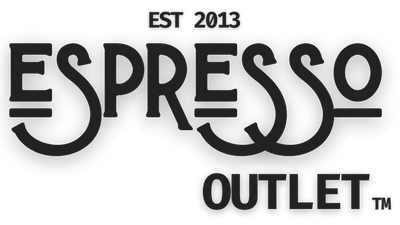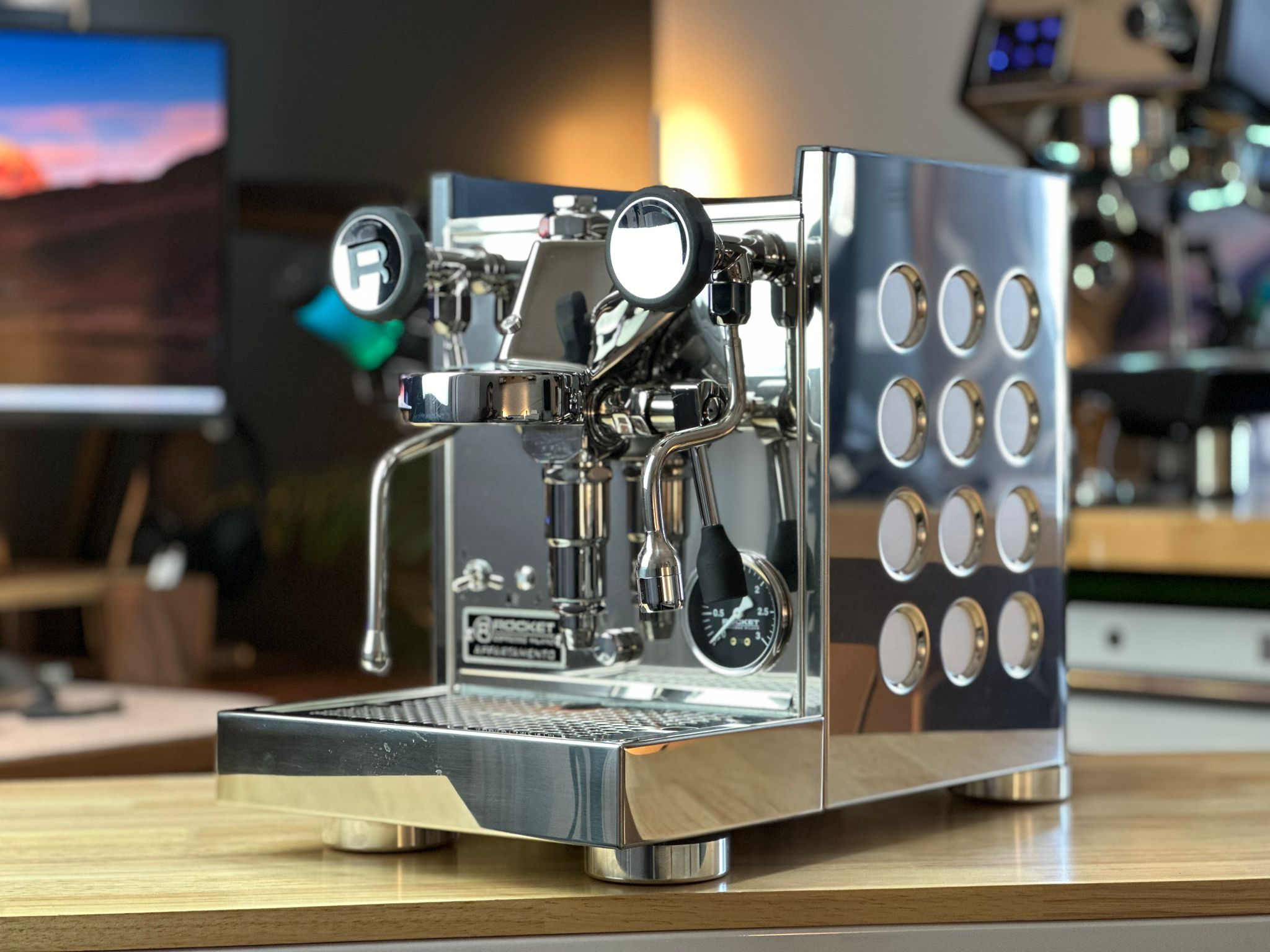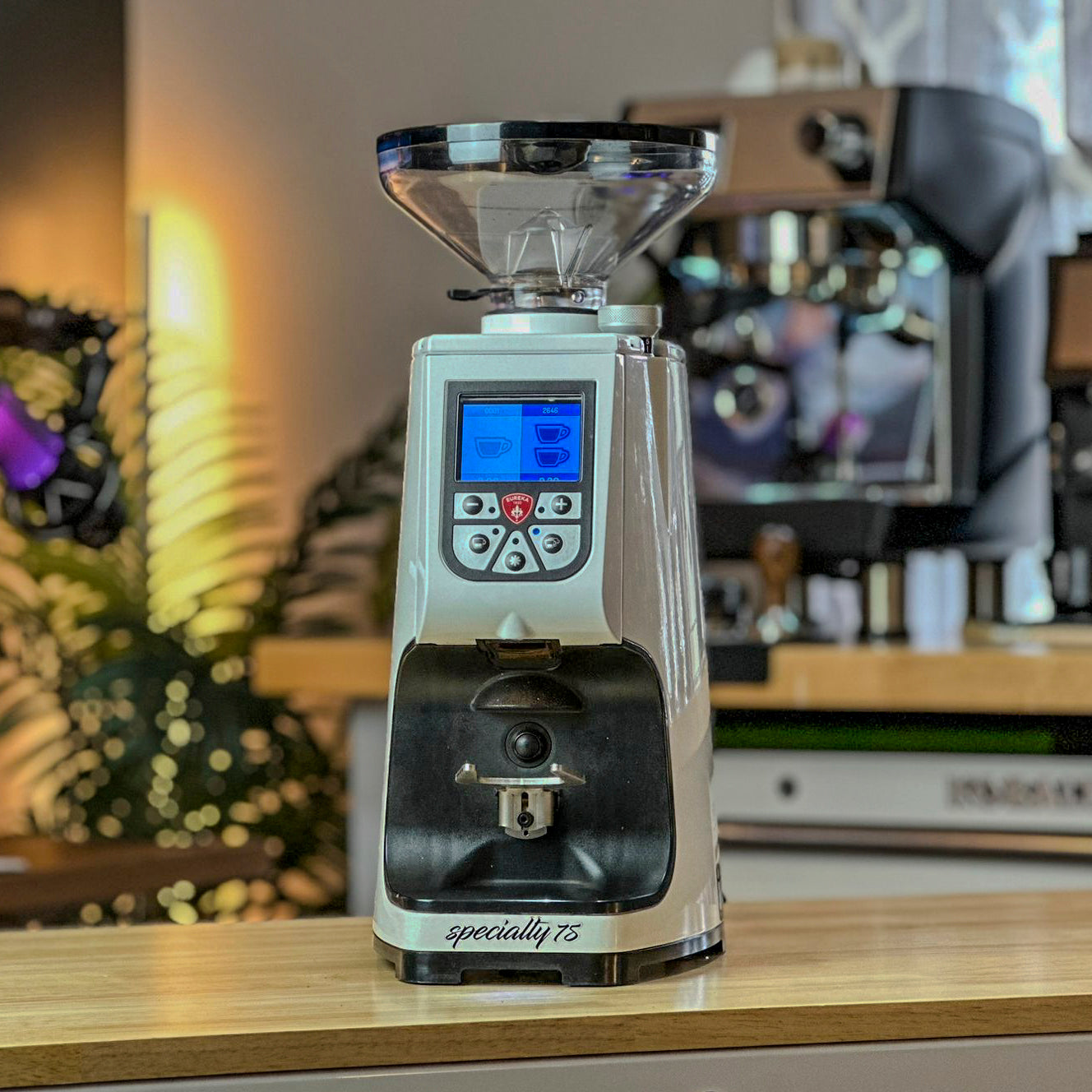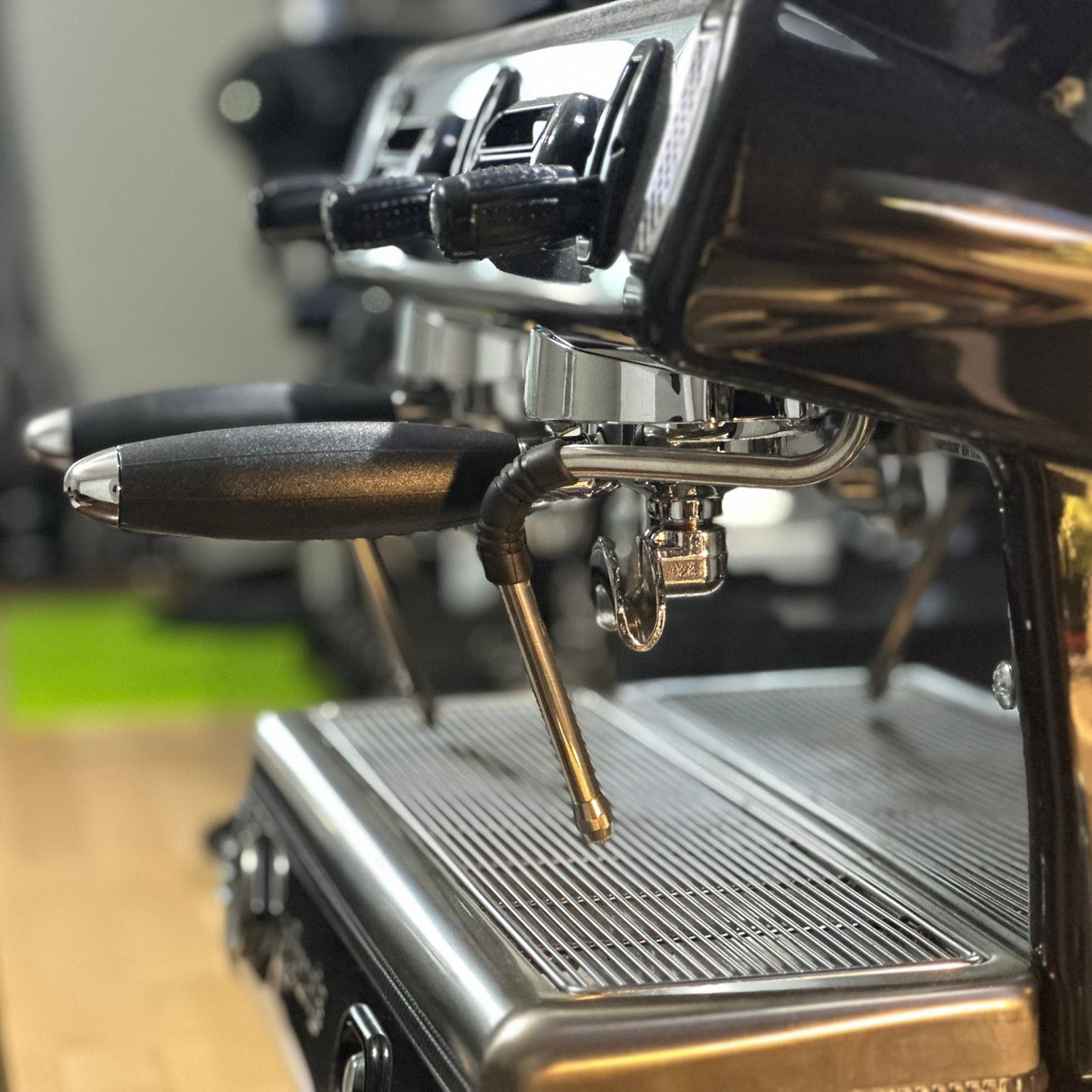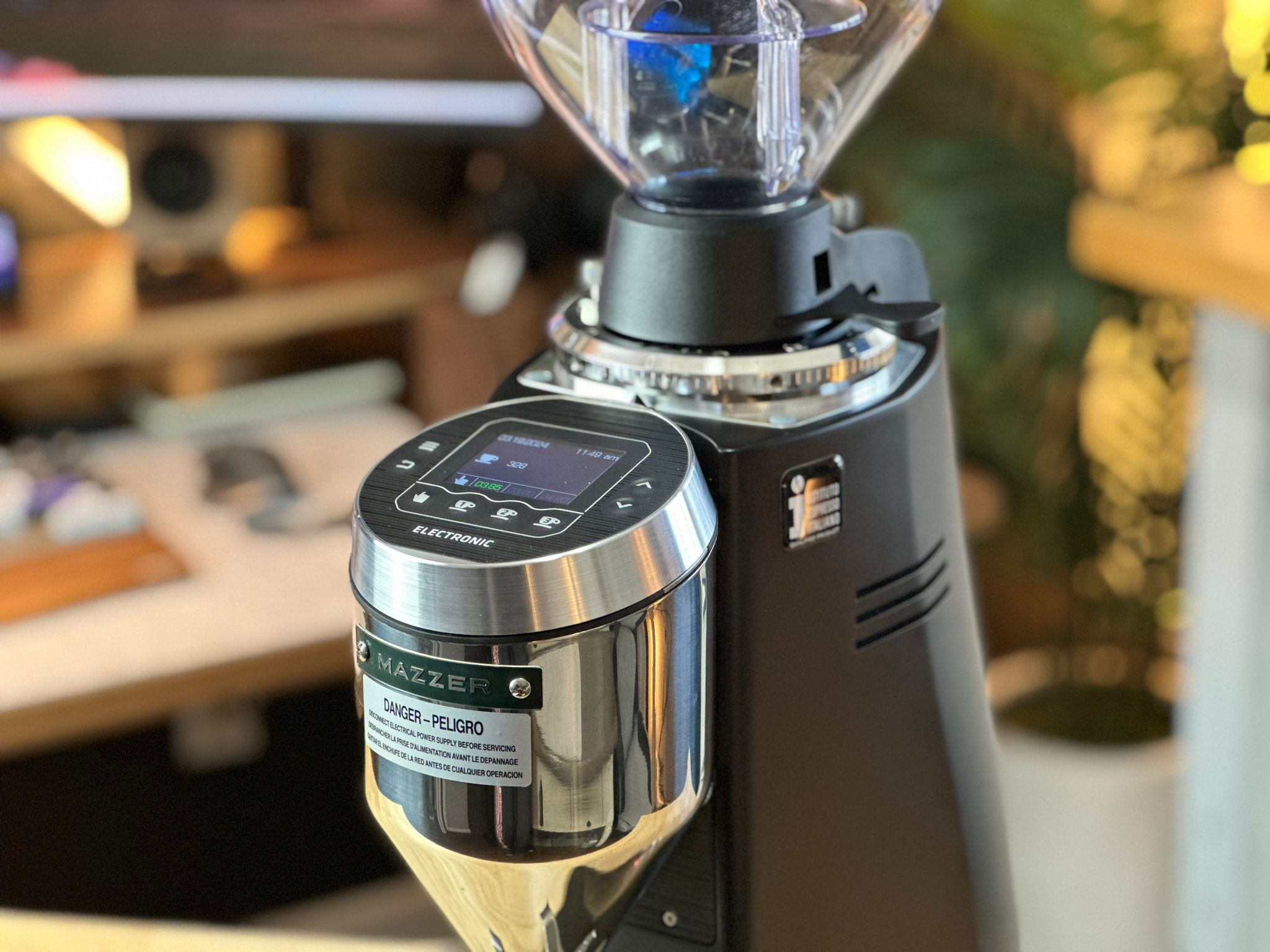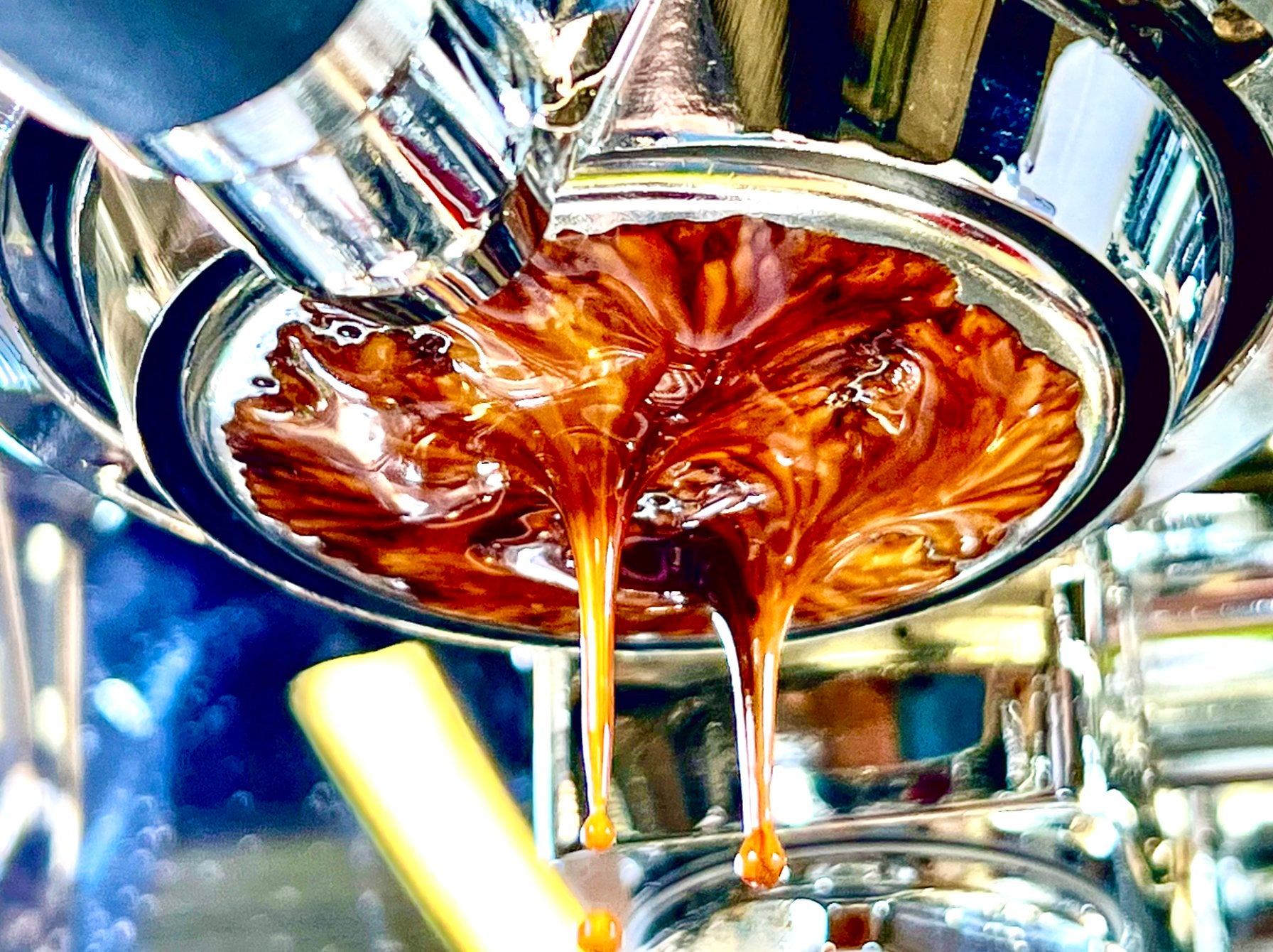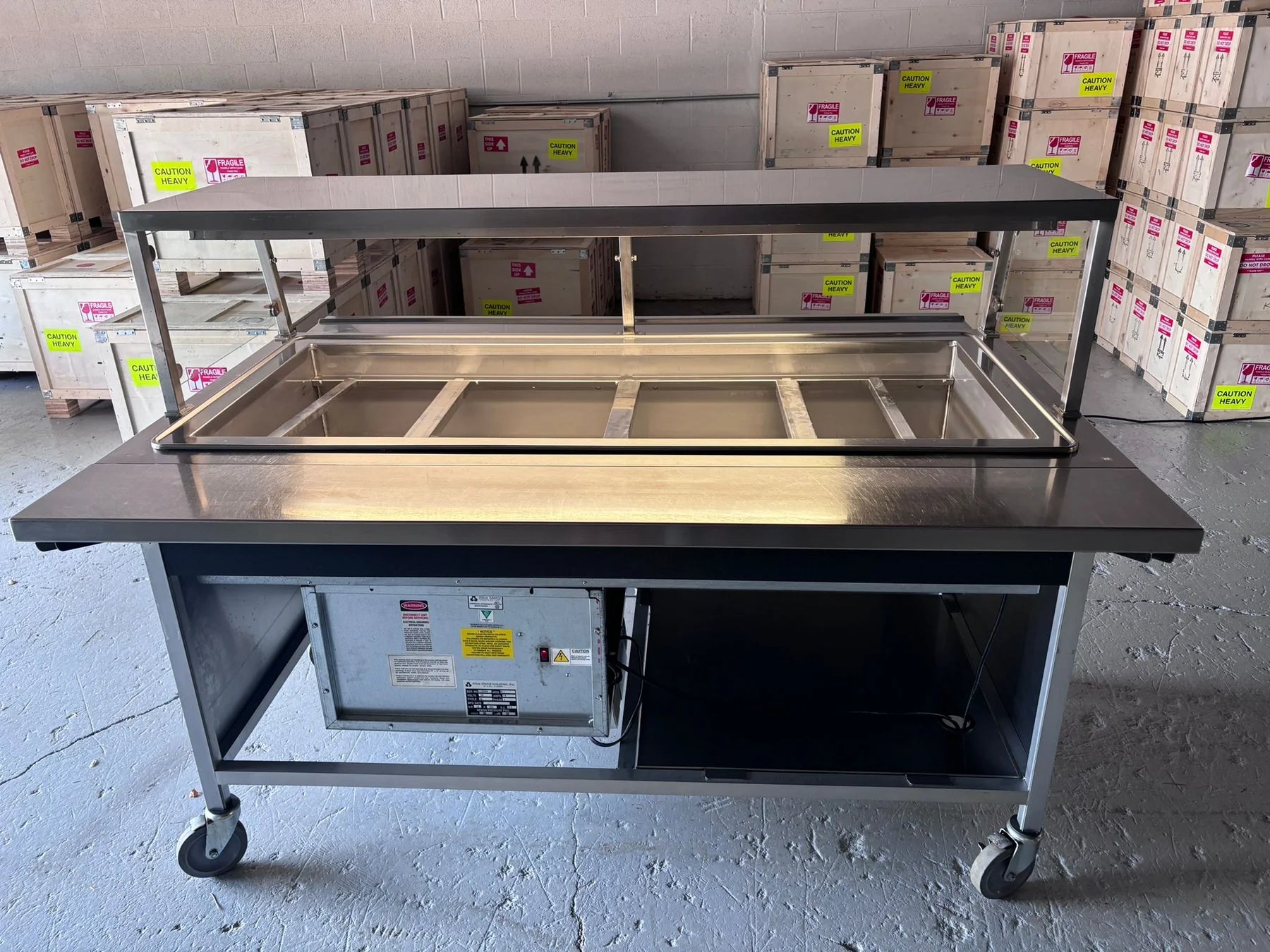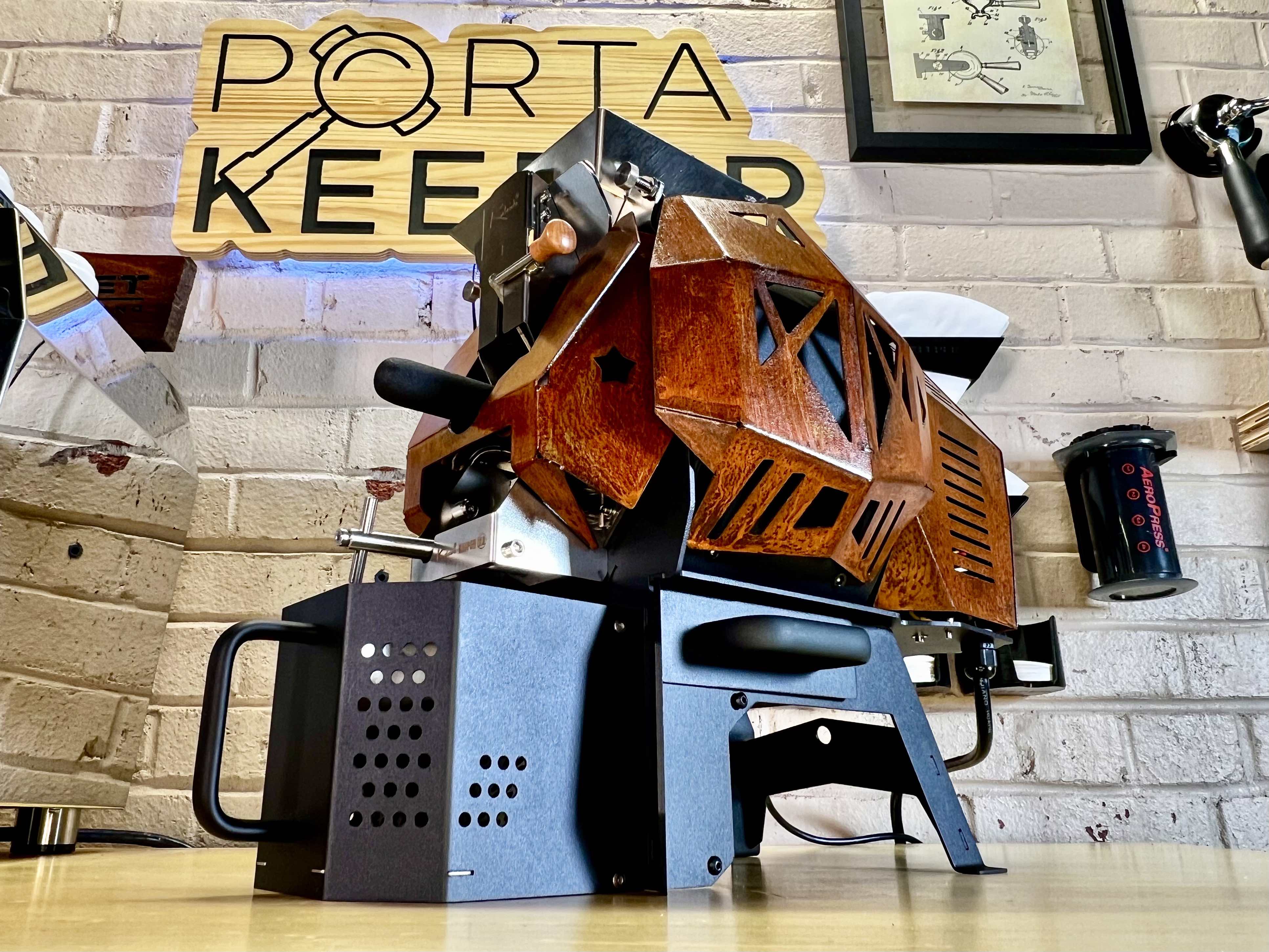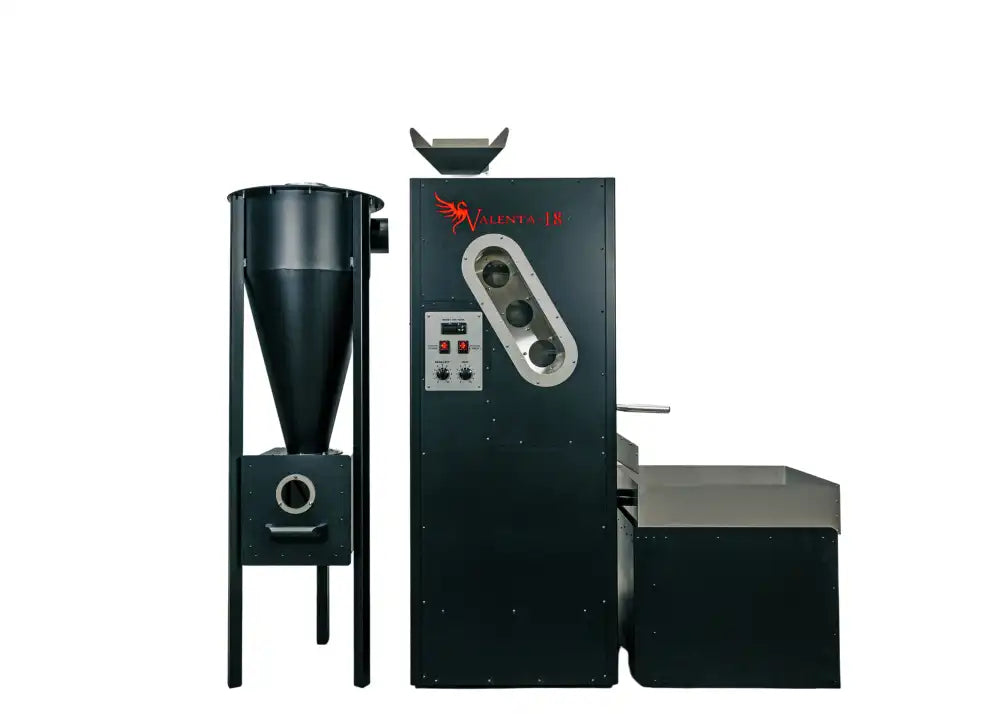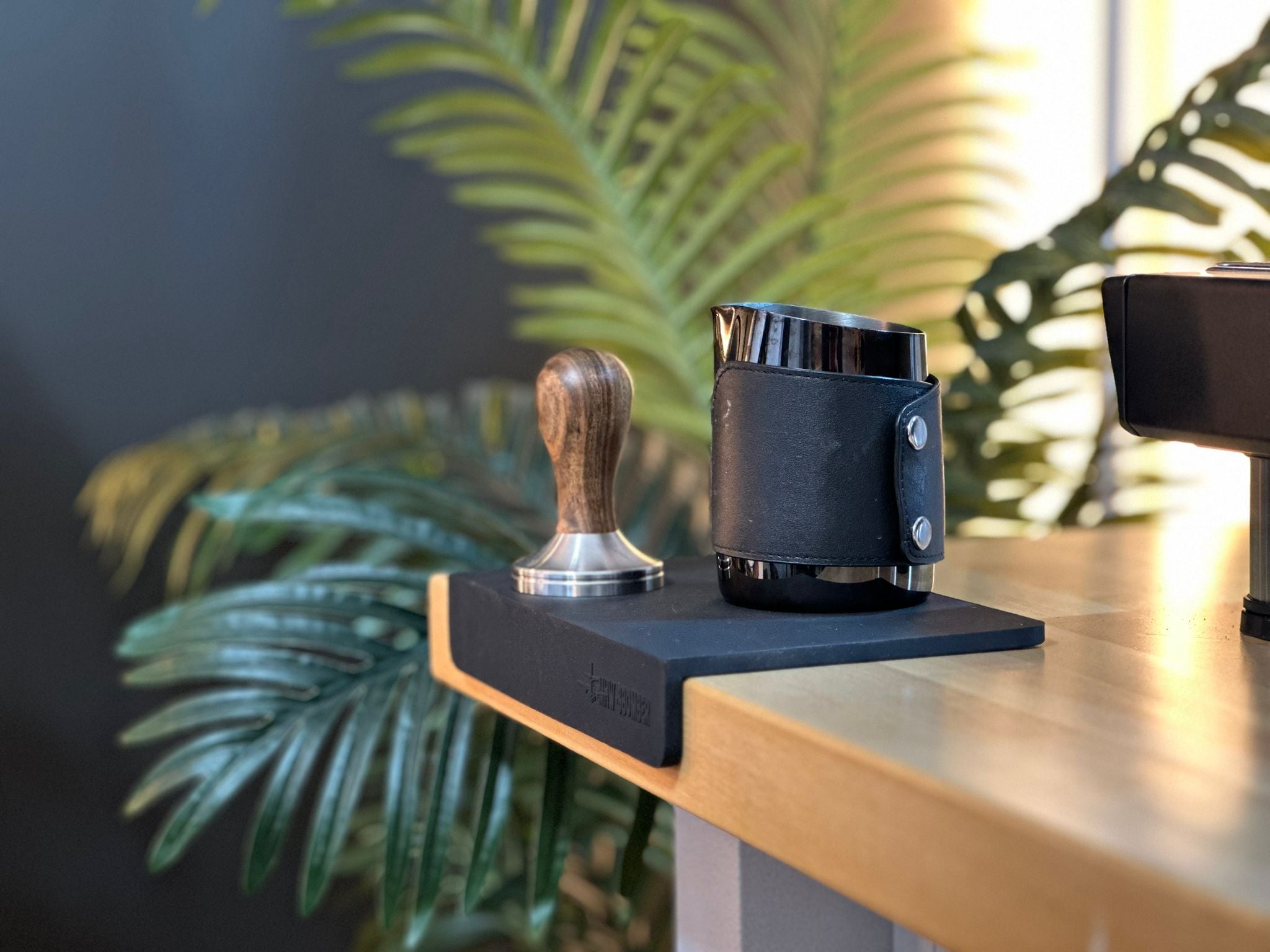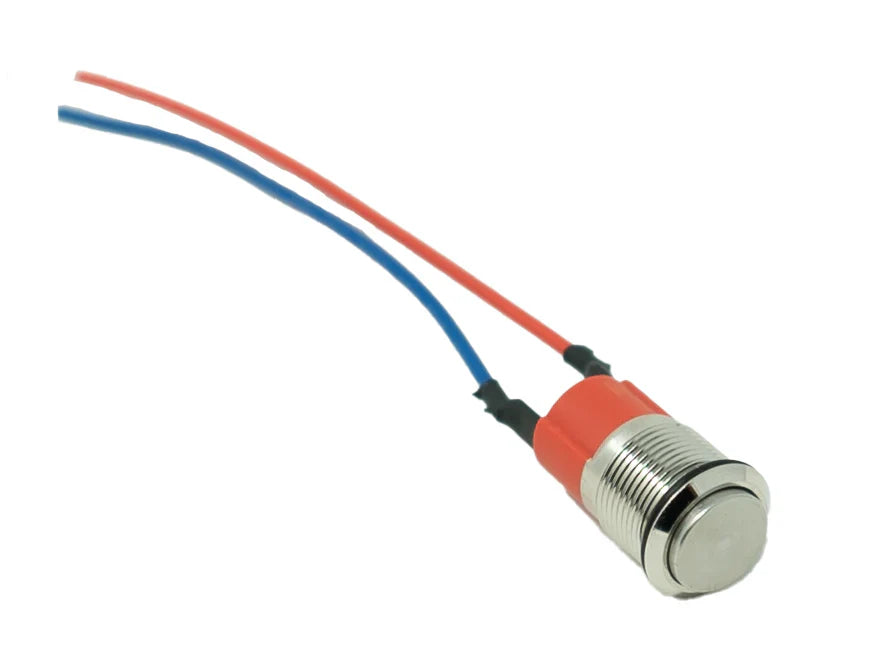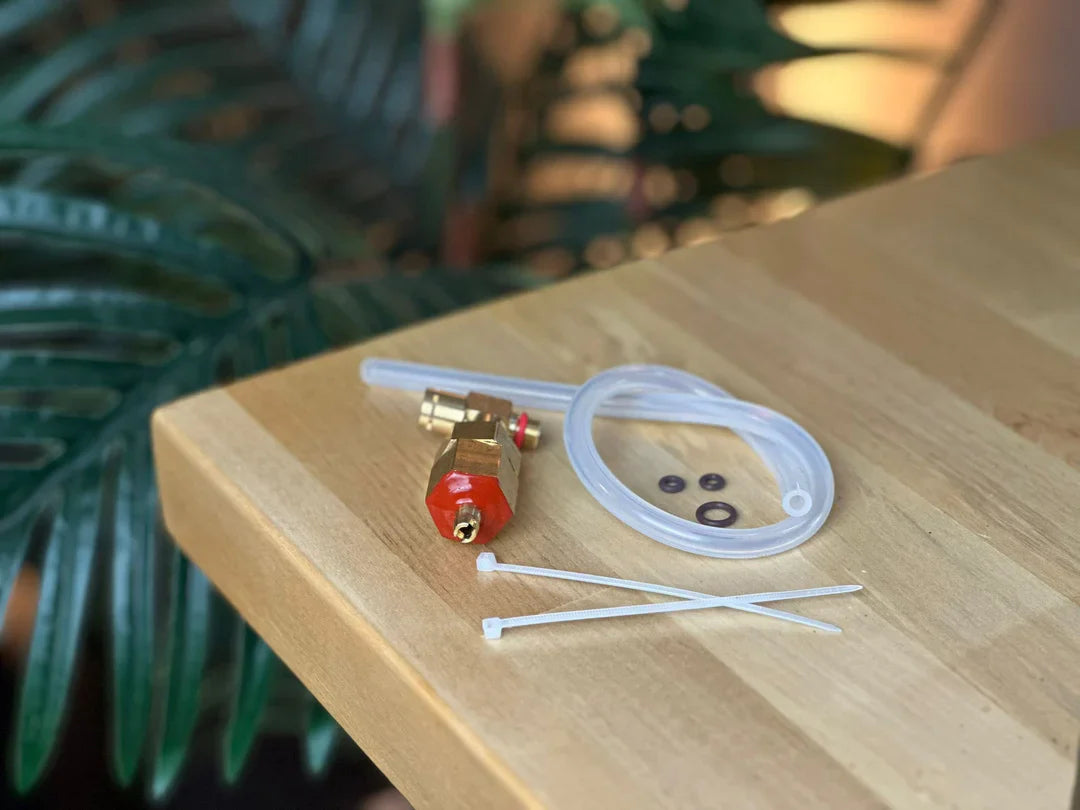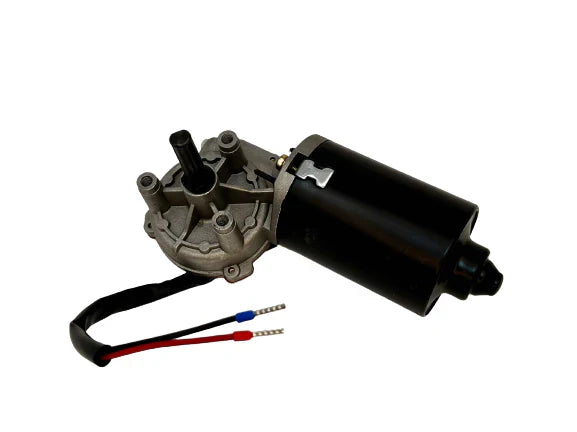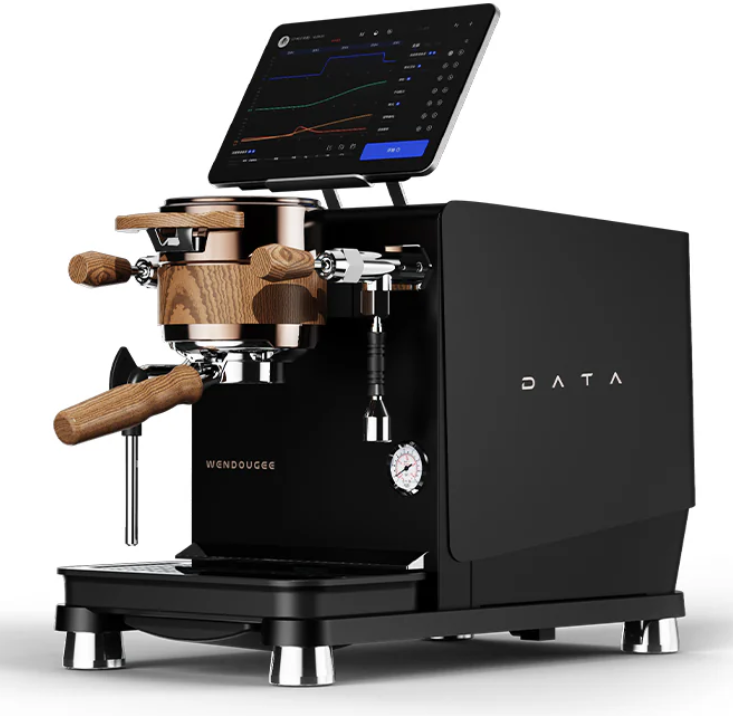IMS vs. VST Filter Baskets: A Detailed Comparison for Espresso Machines
Espresso enthusiasts often look to upgrade or fine-tune their brewing setup, and one common modification is swapping out the stock filter basket for a more precise, high-performance one. Two of the most well-known manufacturers of precision filter baskets are IMS (Industria Materiali Stampati) and VST (Verifiable Specialty Technology). Both companies produce baskets that are engineered to improve extraction consistency, flavor clarity, and overall espresso quality, but they approach design and manufacturing differently. In this article, we will examine the differences between IMS and VST filter baskets, delve into the science behind their construction, and analyze their impact on espresso extraction.
1. Why Filter Baskets Matter
Before comparing IMS and VST, it's important to understand why filter baskets are a critical component in espresso brewing. Filter baskets affect several factors in espresso extraction, including:
- Flow Rate: The size and distribution of the perforations in the basket determine how water flows through the coffee bed. A more controlled flow rate helps ensure even extraction across all coffee particles.
- Pressure Distribution: Espresso machines use pressure to force water through tightly packed coffee grounds. A basket’s hole configuration influences how evenly this pressure is distributed, affecting the taste and texture of the espresso.
- Consistency: Baskets with tighter manufacturing tolerances lead to more consistent extractions. This reduces variability between shots and allows for more precise dialing in of espresso recipes.
Both IMS and VST baskets are designed with precision in mind, but they differ in terms of how they approach these aspects of espresso extraction.
2. IMS Filter Baskets
IMS, an Italian manufacturer, is known for its high-quality, precision-engineered espresso accessories. IMS baskets are praised for their micro-perforation technology and flow rate control. IMS offers a variety of basket models, including Competition Baskets and Nanotech Baskets, designed to provide better extraction consistency and cleanliness.
Key Features of IMS Baskets:
- Micro-Precision Perforation: IMS baskets feature tiny, evenly spaced holes that are laser-cut for precision. The uniformity of the holes ensures consistent water flow through the coffee puck, reducing the likelihood of channeling.
- Flow Rate Control: IMS designs its baskets to control the flow of water through the puck. Some IMS models, such as the "low-flow" baskets, are designed to slow the flow of water, which can help extract more delicate flavors from lightly roasted or specialty beans. This slower flow rate can also enhance extraction consistency.
- Nanotech Coating: Some IMS baskets come with a nanotech coating that is designed to make the surface of the basket more resistant to coffee oils and residue. This helps with easy cleaning and potentially leads to more consistent extractions over time by preventing build-up.
A study conducted by Barretto et al. (2020) on the impact of basket design on espresso extraction found that baskets with micro-perforations, like those from IMS, tended to produce shots with less channeling and more even extraction.¹ The researchers concluded that more uniform perforations allowed water to penetrate the coffee bed more evenly, resulting in a more balanced flavor profile.
Popular IMS Models:
- IMS Competition Filter Baskets: Designed for barista competitions, these baskets are optimized for consistency and high performance under demanding conditions.
- IMS Barista Pro Nanotech Baskets: These feature the nanotech coating, which reduces coffee residue build-up and helps maintain consistency over time.
3. VST Filter Baskets
VST is an American company that has gained a reputation for producing some of the most precise espresso baskets available. VST baskets are rigorously tested to ensure they meet exacting standards for hole size, spacing, and distribution. They are widely used in professional environments and by coffee enthusiasts who prioritize precision and repeatability.
Key Features of VST Baskets:
- Tight Tolerances: VST baskets are manufactured with extremely tight tolerances, meaning there is very little variation between different baskets of the same model. This ensures that every shot pulled with a VST basket is highly consistent.
- Larger Hole Density: VST baskets feature a higher density of perforations compared to many stock baskets and even some IMS models. This higher hole density helps improve water flow and extraction yield. In a study on espresso basket design and extraction by McCarthy et al. (2016), the researchers found that VST baskets provided a higher extraction yield (20-22%) compared to standard commercial baskets.² The larger number of holes allowed for a more even flow of water and reduced the likelihood of under-extracted or sour shots.
- Rigorous Quality Control: Each VST basket undergoes optical analysis to ensure that the holes are perfectly spaced and uniformly sized. This level of quality control ensures that the basket provides consistent results across different batches of coffee and under varying conditions.
Popular VST Models:
- VST 18g Precision Filter Basket: One of the most popular VST baskets, the 18g version is designed for consistent extractions with medium-sized doses.
- VST 15g and 22g Models: These models offer flexibility for users who prefer lower or higher doses of coffee, while still maintaining the tight tolerances and high extraction efficiency.
4. Key Differences Between IMS and VST Baskets
Both IMS and VST baskets aim to improve espresso consistency, but they have different design philosophies and approaches to manufacturing. Here’s a detailed comparison of the two:
Perforation Design and Flow Rate:
- IMS: IMS baskets tend to focus on controlling flow rate through the use of precisely cut, micro-perforated holes. Some models, such as the low-flow versions, are designed to slow down water flow to improve extraction with certain types of beans.
- VST: VST baskets, on the other hand, feature a higher density of larger holes, which allows for faster flow rates and higher extraction yields. This design is especially effective for achieving more clarity in flavors, particularly with darker roasts or high-extraction recipes.
Manufacturing Tolerances:
- IMS: While IMS baskets are very well made and have relatively tight tolerances, VST baskets are often regarded as the gold standard when it comes to uniformity. VST’s rigorous optical analysis ensures that every basket performs the same, minimizing variability between shots.
- VST: VST baskets are manufactured with industry-leading precision. The company’s quality control process ensures that every basket has exactly the same hole size, spacing, and distribution. This attention to detail makes VST baskets particularly popular among professionals and competitors who prioritize absolute consistency.
Coating and Durability:
- IMS: Some IMS models feature a nanotech coating that helps prevent coffee oils and residue from building up. This coating makes the basket easier to clean and helps maintain extraction consistency over time.
- VST: VST baskets do not feature any specialized coatings, but their tight manufacturing tolerances ensure they maintain consistency with use. Regular cleaning is essential to avoid buildup, but the baskets are designed to maintain their precision without additional coatings.
5. Performance in Extraction
Both IMS and VST baskets can deliver excellent results, but they tend to excel in different areas of espresso extraction:
Flavor Clarity and Consistency:
- VST Baskets are known for producing highly consistent shots with excellent flavor clarity. The combination of high hole density and uniform distribution ensures that water flows evenly through the coffee bed, extracting all the flavors efficiently.³
- IMS Baskets provide a more controlled flow rate, which can be beneficial for pulling longer shots or extracting more delicate flavors from light roasts.
Channeling and Evenness of Extraction:
Both baskets reduce channeling by ensuring an even distribution of water through the coffee bed, but IMS baskets with micro-perforations may be better suited for those dealing with frequent channeling issues due to the more controlled flow rate. VST’s higher hole density and precision are better for users who prefer fast extractions with minimal fuss.
6. Conclusion: Which Basket is Right for You?
Choosing between IMS and VST baskets depends largely on your brewing goals and preferences. Here’s a summary to help guide your decision:
-
Choose IMS If:
- You prefer more controlled, slower extractions and enjoy experimenting with longer shot times.
- You’re looking for an affordable yet precise basket that offers good flow control and easy cleaning.
- You deal with channeling or uneven extractions and want a solution that helps mitigate those issues.
-
Choose VST If:
- You prioritize absolute consistency and are willing to pay more for the tightest tolerances available.
- You want to maximize extraction yield and flavor clarity, especially with higher doses of coffee.
- You’re a professional or competition-level barista who needs a basket that performs identically every time.
Both baskets can greatly enhance the quality of your espresso, and experimenting with each may offer valuable insights into how they impact your brewing process.
